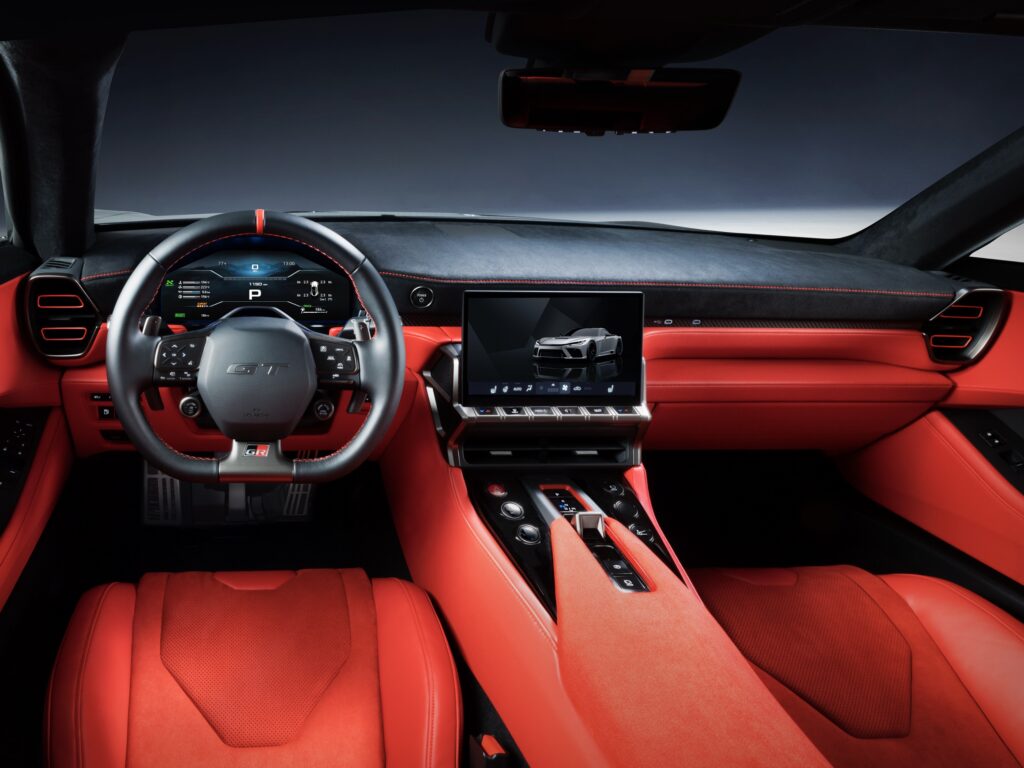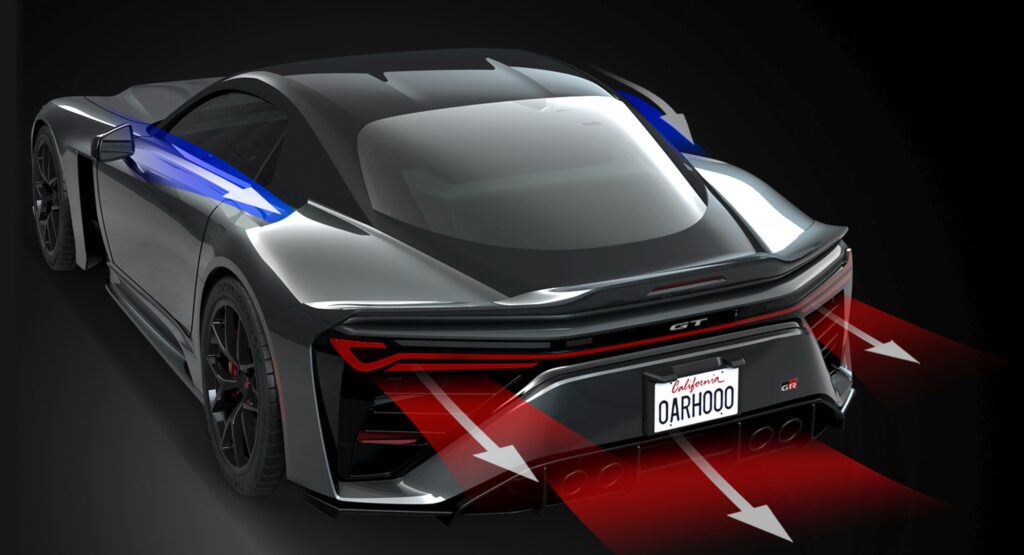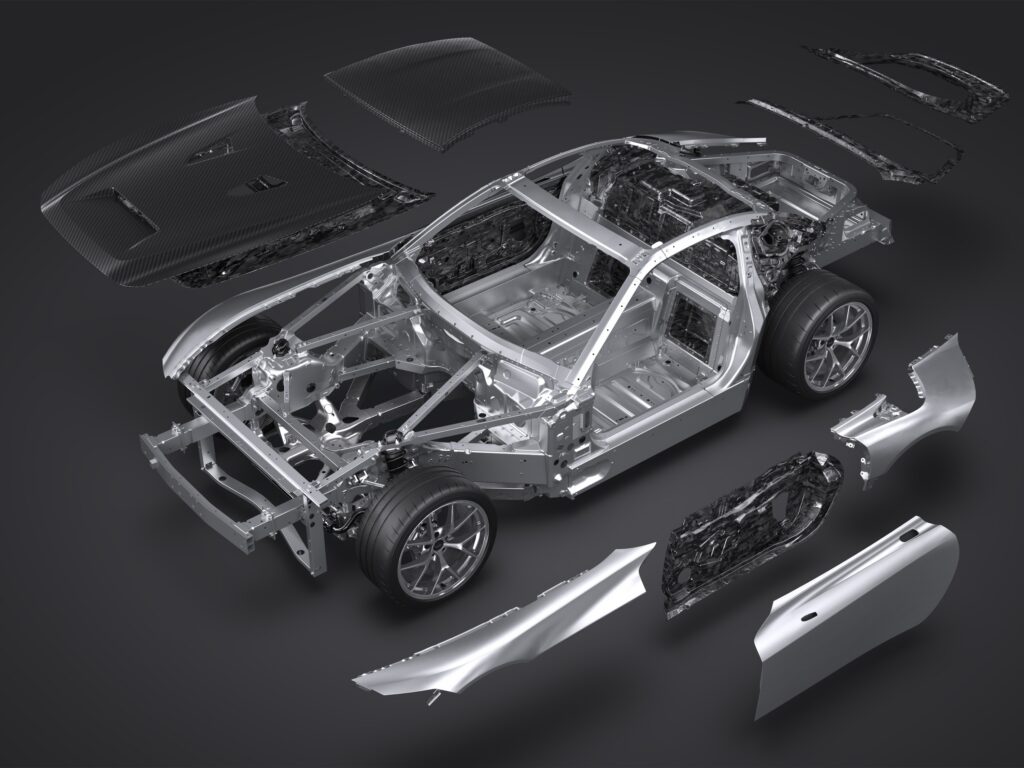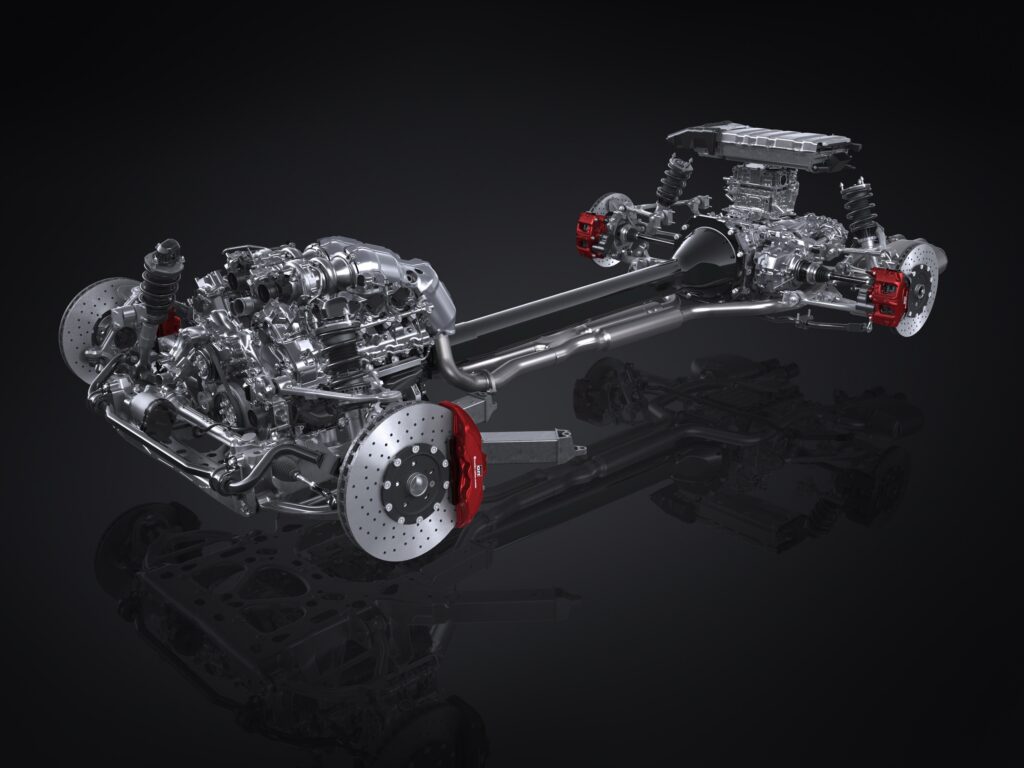-
Ar
chevron_right
Toyota’s new GR GT picks up where the 2000GT and Lexus LFA left off
news.movim.eu / ArsTechnica • 5 December • 1 minute
There’s some Toyota news today that doesn’t involve the chairman wearing a MAGA hat. The Japanese automaker evidently decided it’s been too long since it flexed its engineering chops on something with two doors and plenty of power, so it has rectified that situation with a new flagship coupe for its Gazoo Racing sporty sub-brand . Meet the GR GT, which looks set to go on sale toward the end of next year.
The Camry-esque look at the front, and to an extent the rear, came second to the GR GT’s aerodynamics, which is the opposite way to how Toyota usually styles its cars. It’s built around a highly rigid aluminum frame—Toyota’s first, apparently—with carbon fiber for the hood, roof, and some other body panels to minimize weight. The automaker says that lowering the car’s center of gravity was a top priority, and weight balance and distribution also help explain the transaxle layout, where the car’s transmission is behind the cockpit and between the rear wheels.







That transaxle transmission will be an eight-speed automatic that uses a wet clutch instead of a torque converter and into which the car’s hybrid motor is integrated. Power from the 4.0 L twin-turbo V8 and the hybrid system should be a combined 641 hp (478 kW) and 626 lb-ft (850 Nm). Despite the aluminum frame and use of composites, the GT GR is no featherweight; it will weigh as much as 3,858 lb (1,750 kg). The V8 is a new design with a short stroke, a hot-V configuration for the turbochargers, and dry sump lubrication.

